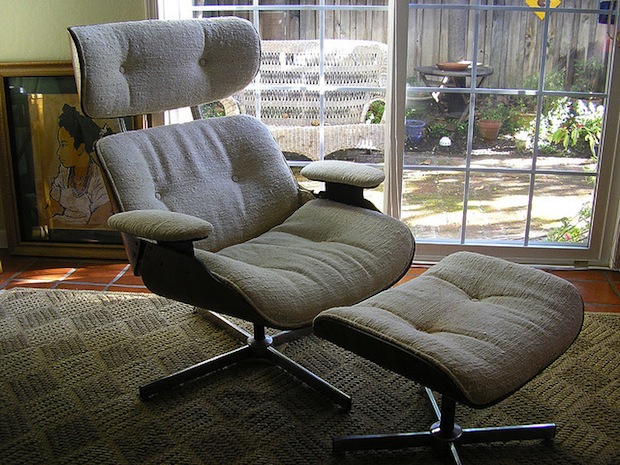Designers: the debate against knock-offs is worth it


A chair is a chair. Or is it? When one chair costs thousands of dollars and bears the name of a revered designer, is it worth more than another seat that looks an awful lot like the expensive one with the fancy label? What if, when you sit in either one, they are equally as comfortable--on the body and on the eyes?
Product designers and, perhaps even more powerfully, respected design magazines are escalating the debate against knock-offs. In the article "The Real Cost of Ripoffs," published in the June 2012 print issue of Dwell magazine, Deputy Editor Jaime Gillin breaks down why original design is so darn expensive. It's worth the investment, she argues, because it is just that: an investment in design as an industry, as well as in the research and development efforts of individual designers and manufacturers.
She writes:
"...a percentage of your purchase goes back to the designer, who reinvests it into her business, her next idea. In order to take risks and innovate—and, indeed, to make a living—a designer needs to profit from her successes. Same with manufacturers—they need money to contract and promote designers' work and to keep their production quality high. This is the basic premise of how the design industry works, at least when all goes well.
Enter knockoffs, to blow this balanced ecosystem to bits. Some enterprising person sees a popular design and gets dollar (or euro, or yuan) signs in their eyes. It's relatively easy to ship a piece overseas to be reverse engineered and manufactured inexpensively. Labor costs are low and it's simple to swap cheaper materials and compromise on quality. Maybe they tweak the dimensions or add a small new flourish in order to improve their chances of getting away with it."
But Gillin and Dwell aren't stopping there. Gillin also wrote a companion blog post in which ten design-world luminaries voice their opinions on the topic. She plans on expanding on this post in coming weeks, too, offering more quotes that couldn't fit in the print story. Not surprisingly, the overwhelming sentiment is to rally against copycats. But the rationales are insightful for the most part and worth reading--if anything for peeking behind the curtain of the elite design world.
"With knockoffs there are no designers, no legal fees...[and] when people buy a product, we pay a royalty fee to the designer," Antoine Roset, vice president of Ligne Roset USA, the upscale furniture maker owned by his family, is quoted in Gillen's blog post. "We pay designers because we respect designers. When you buy a knockoff, you say: I don't care how it's made, I just care that it's cheap."
On a somewhat positive note, lighting designer Lindsey Adelman noted that "If it's an independent designer [copying your design] you think, maybe them imitating my work is along their path of development as a designer. You encouraged them to develop their own path and voice. That's cool, it's not threatening. It's different if it's a corporation like West Elm; that feels lazy and bad."
Images: So Sylvie/Flickr; super-structure/Flickr
This post was originally published on Smartplanet.com